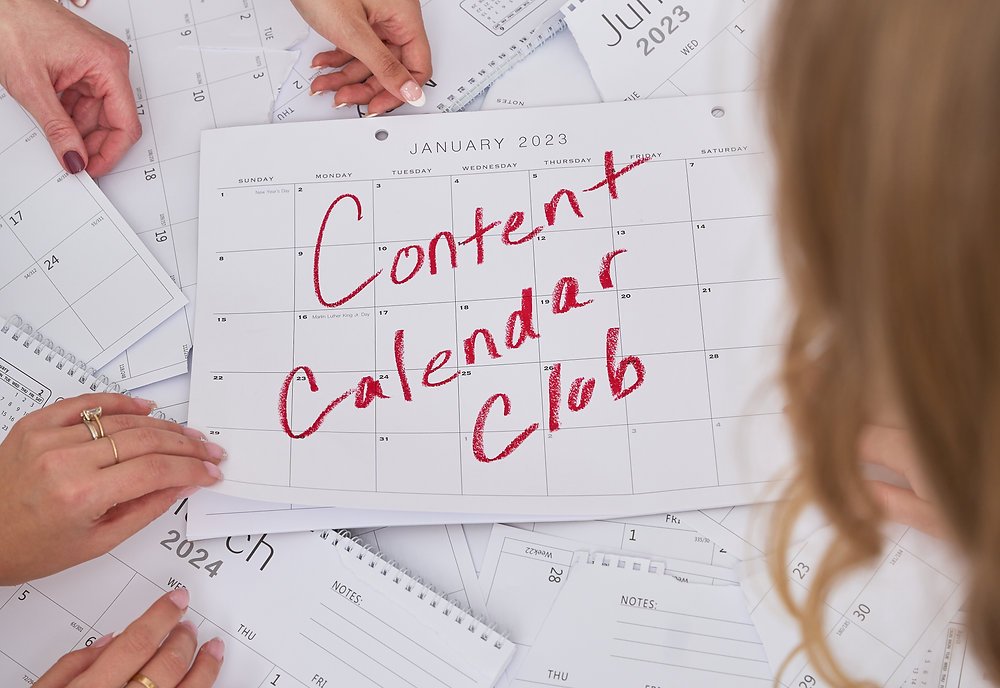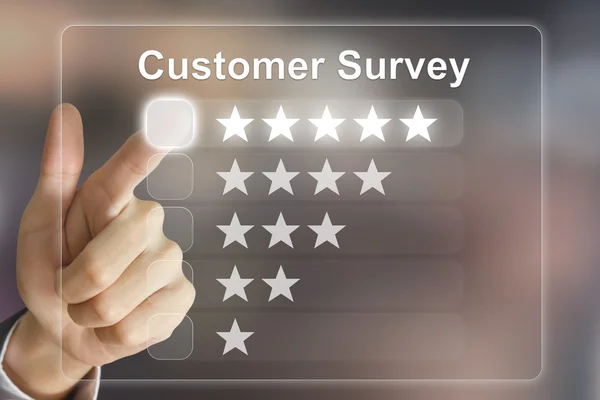A content calendar is a powerful tool that helps businesses plan, organize, and schedule content across multiple channels. Without a structured plan, content creation can become chaotic, inconsistent, and ineffective. An effective content calendar not only ensures a steady flow of content but also aligns your marketing efforts with business goals. By mapping out content in advance, businesses can maintain consistency, optimize campaigns, and boost audience engagement.

Understand Your Content Goals
Before creating a content calendar, define your objectives. Goals guide the type of content you create and help prioritize efforts.
Common Content Goals:
-
Increase brand awareness and visibility.
-
Drive traffic to your website or landing pages.
-
Generate leads or sales through targeted campaigns.
-
Educate your audience and build authority.
-
Engage and retain your existing audience.
Clear goals ensure your content calendar serves a purpose rather than being just a schedule.
Audit Existing Content
Assessing your current content helps identify gaps and opportunities. Conducting a content audit ensures your calendar builds on previous work.
Audit Steps:
-
Review blog posts, videos, social media updates, and email campaigns.
-
Identify top-performing content and repurposeable pieces.
-
Note underperforming content to improve or update.
-
Map content to stages of the buyer journey for relevance.
Auditing content provides insights to create a more effective and targeted calendar.
Choose the Right Tools
Selecting a content calendar tool or platform streamlines planning and collaboration.
Popular Options:
-
Spreadsheet-based calendars for simplicity and flexibility.
-
Project management tools like Trello, Asana, or Monday.com.
-
Marketing platforms with built-in content scheduling features.
-
Shared cloud calendars for team coordination.
The right tool ensures everyone on your team stays aligned and deadlines are met.
Plan Content Types and Channels
An effective content calendar incorporates different content types across multiple channels.
Content Types to Include:
-
Blog posts, articles, and guides.
-
Social media posts, stories, and reels.
-
Email newsletters and promotional campaigns.
-
Videos, podcasts, or webinars.
-
Infographics and downloadable resources.
Mapping content to the appropriate channel ensures maximum reach and engagement.
Establish a Publishing Schedule
Consistency is critical for building an audience. A publishing schedule sets expectations for both your team and your audience.
Scheduling Tips:
-
Determine posting frequency for each channel.
-
Balance evergreen content with timely, seasonal content.
-
Include key dates such as holidays, product launches, or events.
-
Assign content owners and deadlines to ensure accountability.
A structured schedule keeps content flowing smoothly and maintains audience trust.
Include Keywords and SEO Planning
For digital content, SEO integration is essential. Including keywords in your calendar helps improve visibility and rankings.
SEO Planning Tips:
-
Conduct keyword research to identify relevant search terms.
-
Map keywords to content pieces in the calendar.
-
Plan meta descriptions, headings, and internal linking strategies.
-
Monitor performance and adjust keywords as needed.
SEO planning ensures your content reaches the right audience organically.
Track Performance and Adjust
A content calendar is not static. Regularly tracking performance allows you to refine your strategy and optimize results.
Key Metrics:
-
Website traffic and page engagement.
-
Social media reach, likes, shares, and comments.
-
Email open rates and click-through rates.
-
Leads, conversions, or sales generated from content.
-
Audience growth and retention across channels.
Using these insights, you can adjust your calendar, content types, and posting schedule for better results.
Conclusion
Building an effective content calendar is essential for business growth and consistent audience engagement. By defining goals, auditing existing content, choosing the right tools, and planning content types and channels, businesses can streamline their marketing efforts. Including a publishing schedule, integrating SEO, and tracking performance ensures the calendar remains a dynamic tool that drives results. A well-structured content calendar transforms chaotic content creation into a strategic process, helping your business stay organized, efficient, and impactful.











